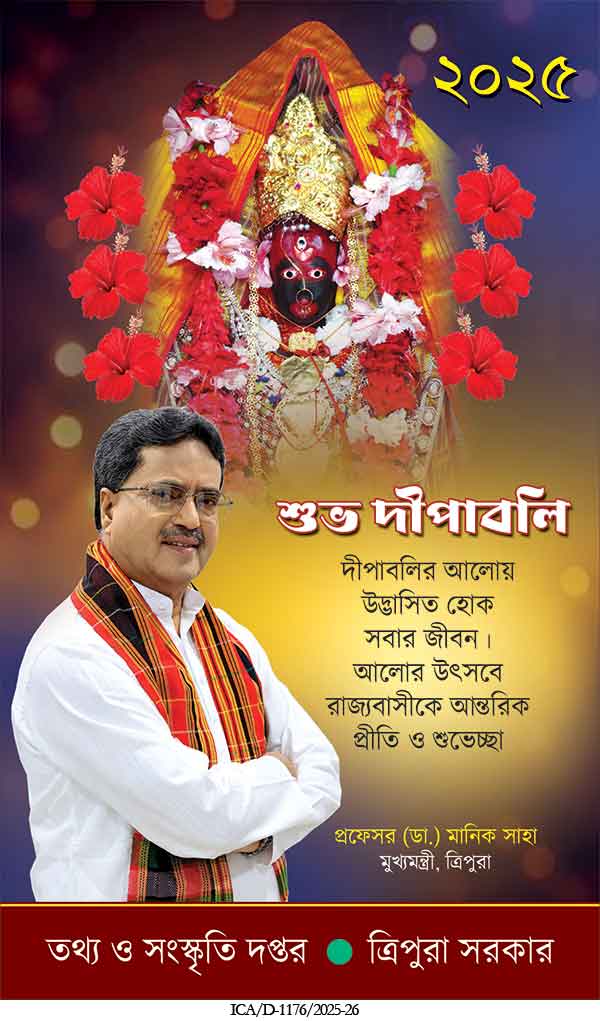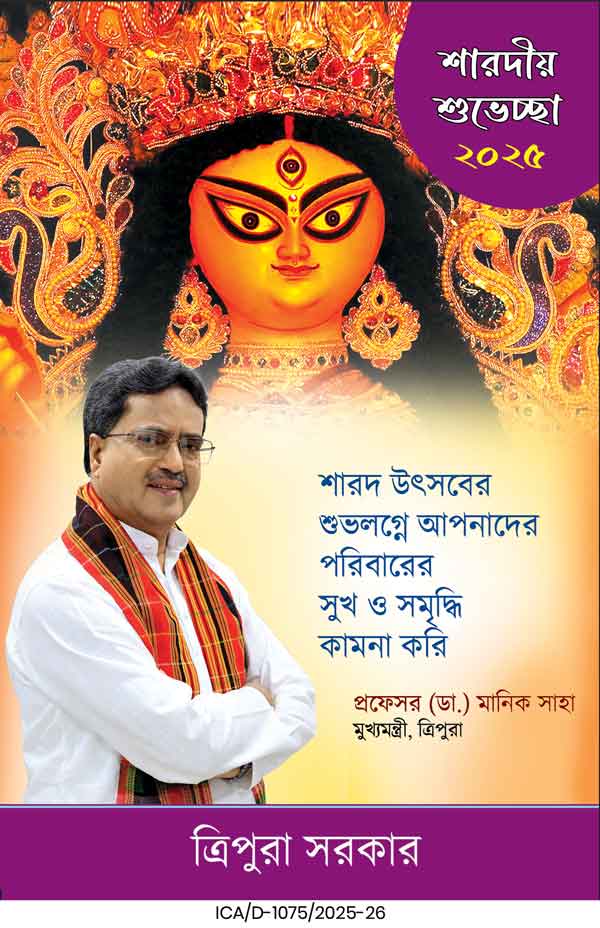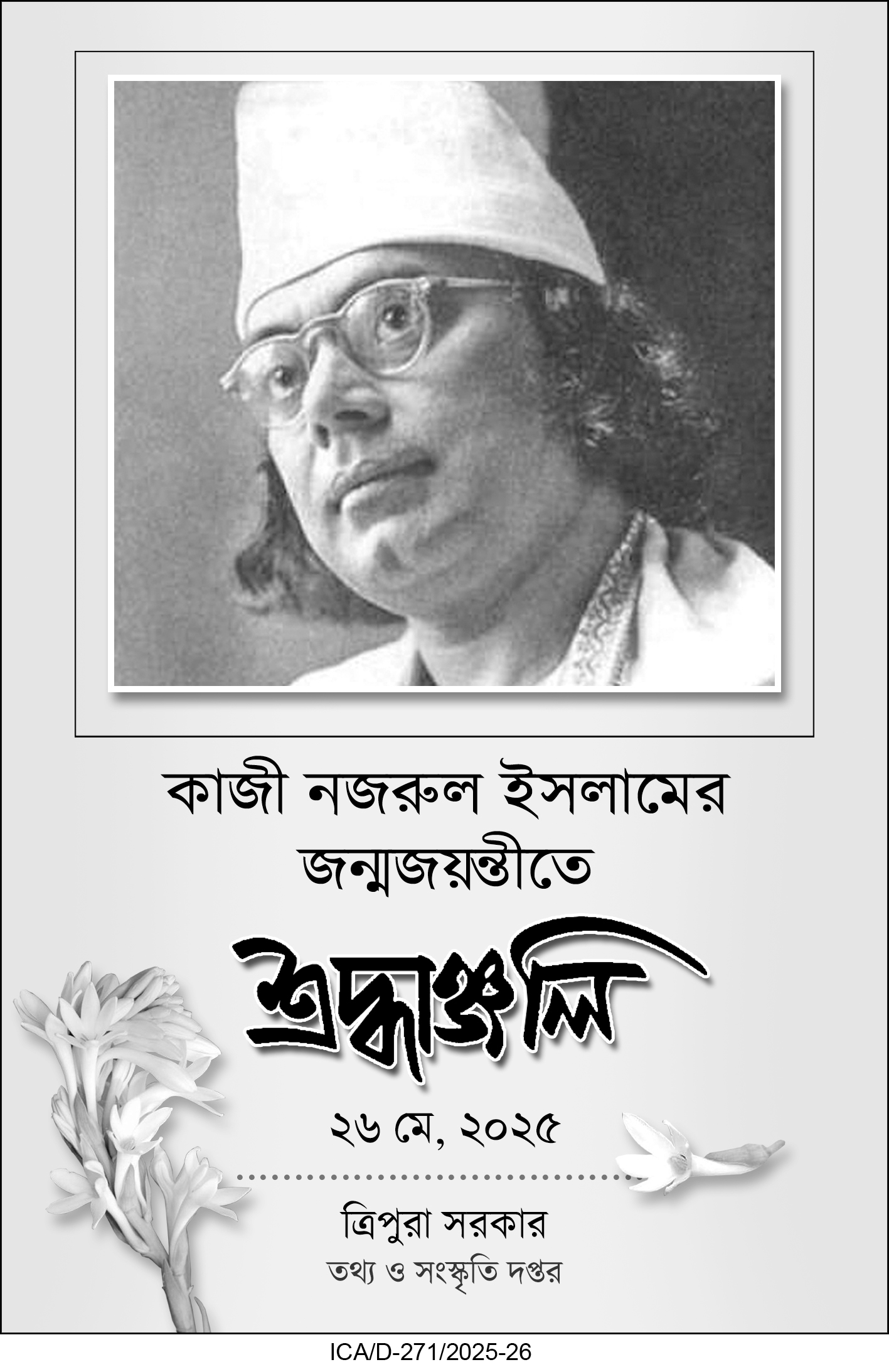Nepal’s Gen-Z youth, digitally mobilized via Discord and VPNs, forced Prime Minister Oli’s resignation after violent protests over corruption and a social media ban. Interim PM Sushila Karki now leads Nepal toward 2026 elections amid regional and global implications.
Nepal witnessed a political earthquake last week as a digitally driven youth uprising forced the resignation of Prime Minister Khadga Prasad Sharma Oli. The wave of protests, largely spearheaded by Gen Z demonstrators, has left at least 72 dead and more than 1,000 injured, marking one of the most violent episodes in the nation’s recent history.
The protests, triggered by allegations of corruption and a sweeping ban on 26 social media platforms, soon escalated into full-scale unrest. Angry demonstrators torched Nepal’s parliament, hotels, and shops, and chased politicians, setting fire to their properties. Their demands were straightforward but urgent: end corruption, create jobs, ensure economic reforms, and form a more accountable government.
A Legacy of Protest
Nepal’s democratic journey began with the student-led uprising of April–May 1979, which compelled the monarchy to hold a referendum on adopting a multi-party system. Despite this milestone, successive governments failed to safeguard democratic ideals, allowing corruption and poor governance to take deep root.
The Oli government’s decision to ban social media platforms revealed a brand of “networked authoritarianism,” intended to protect state power. Instead, the move became a catalyst for rebellion, igniting frustration among the youth who were already politically alienated and economically marginalized.
The Digital Signature of Protest
At the heart of this uprising was a new form of activism—digitally empowered, decentralized, and networked. Using VPNs and platforms like Discord and Instagram, student activists bypassed the ban and mobilized hundreds of thousands.
A key figure in this movement was 36-year-old Sudan Gurung, founder of Hami Nepal (“We Are Nepal”). Operating under proxy names for security, Gurung orchestrated the demonstrations through encrypted messaging apps. His efforts culminated in Oli’s resignation and the appointment of former Chief Justice Sushila Karki as Nepal’s interim Prime Minister.
Karki, the nation’s first woman to hold the post, is widely respected for her zero tolerance of corruption and her commitment to the rule of law. Her interim tenure will last until general elections scheduled for March 5, 2026.
The Voice of a Generation
The core committee of the Gen-Z movement, including leaders Arjun Shahi and Tanaka Dhami, described the protests as a “do-or-die situation.” They emphasized that their goal was not merely the removal of Oli but systemic reforms across Nepal’s political and bureaucratic establishment.
“We are not interested in deciding who should be in government. Our mission is to review and reform the system,” Shahi and Dhami declared in an interview with India Today.
Their movement directly challenged entrenched elites and “nepo kids” flaunting inherited wealth. With slogans such as “Rise up from every village, rise up from every town” spreading virally across TikTok and VPN-driven platforms, the protests reflected both inter-generational anger and the power of digital mobilization.
Regional and Global Implications
Karki has made it clear that her interim government will be a “bridge to elections” and will respond to the aspirations of the digitally empowered youth. One of the movement’s core demands has been attracting international investments, particularly from India.
India’s stakes in Nepal remain high. Sharing an open 1,750 km border with five Indian states, Nepal has deep people-to-people ties with India, along with strategic military links through over 43,000 Nepali Gurkha soldiers serving in Indian regiments.
Prime Minister Narendra Modi congratulated Karki on assuming her new role, reaffirming India’s commitment to Nepal’s peace, prosperity, and stability. New Delhi sees Karki as an interlocutor with deep knowledge of bilateral sensitivities, particularly as China seeks to expand its influence in Nepal’s political and economic affairs.
A New Chapter in Nepal’s Politics
The Gen-Z uprising marks a turning point in Nepal’s democratic evolution. What began as outrage over a social media ban has transformed into a powerful demand for accountability, transparency, and inclusive governance.
| Also Read: Sushila Karki Sworn In as Nepal’s First Woman Prime Minister |
Digitally connected, politically awakened, and economically ambitious, Nepal’s youth have sent a clear message: they will no longer accept governance rooted in corruption and nepotism. With Karki at the helm as interim Prime Minister and elections on the horizon, Nepal is set on an uncertain but potentially transformative course—one that could redefine its political landscape for a generation.





